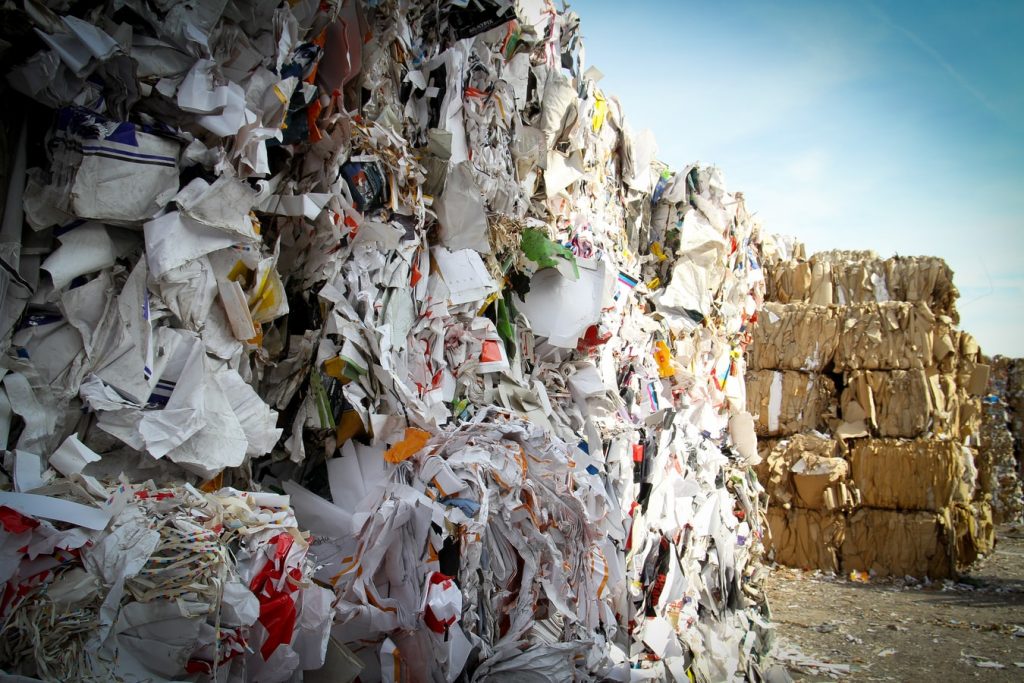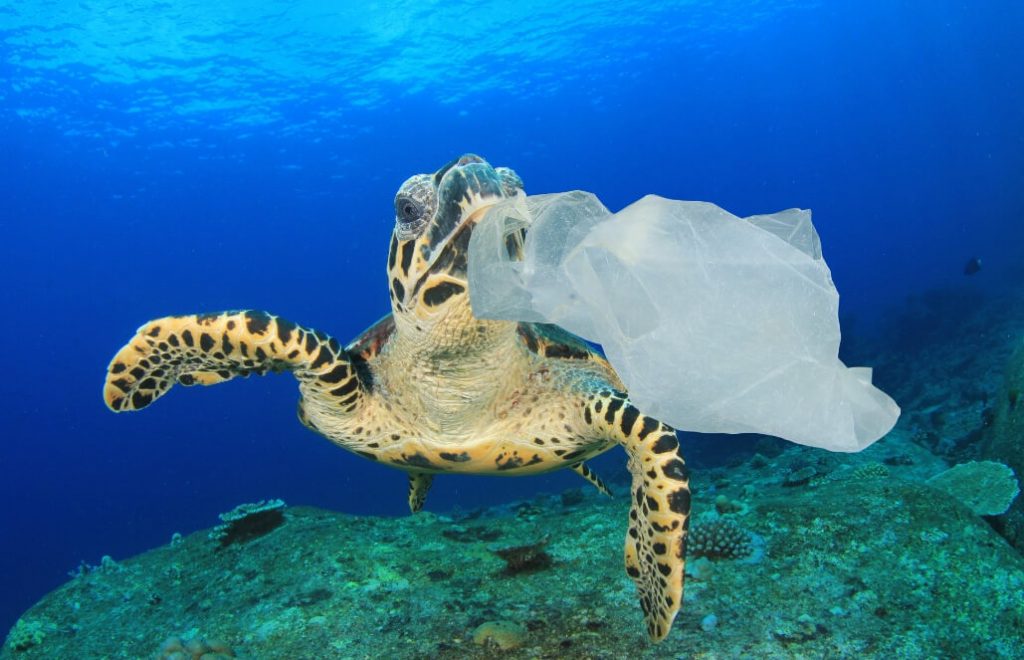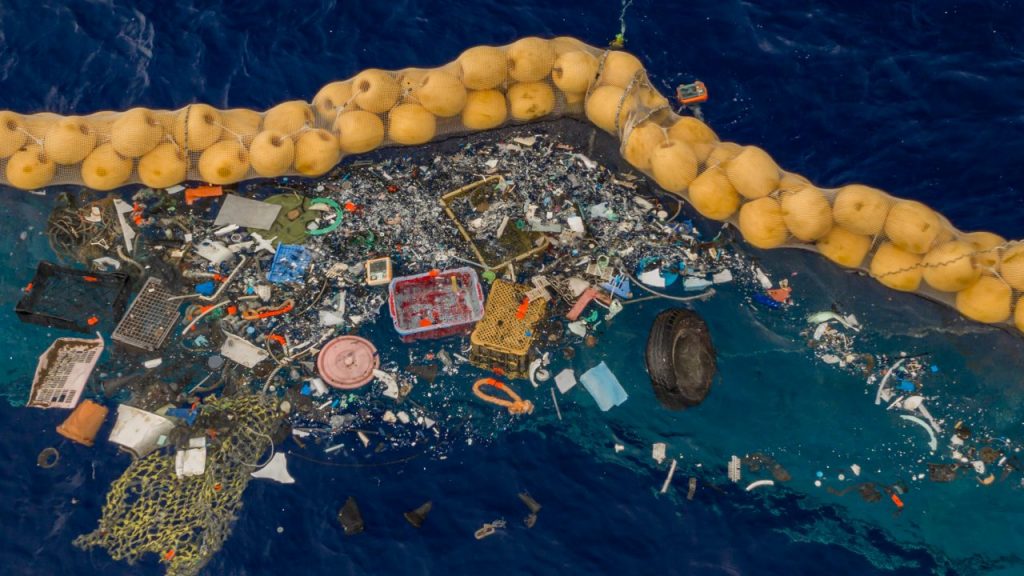
Aesthetic Deterioration
Plastic bags have a significant aesthetic impact on the environment. There is a consensus among people across the globe, that plastic bags destroy the character of almost every imaginable habitat, from wetlands and deserts to fields and forests. The aesthetic degeneration of the environment is not a trivial matter. It can have a significant influence on the economy, human health and culture. For a long time, scientists have been of the view that natural landscapes offer a variety of advantages. Some of the advantages of green areas and natural habitats are that they help bring down the recovery times and boost hospital patients results. They also help to improve attention and focus among children as well as reduce crime, and increase property prices in society. Therefore, when these natural habitats and green areas are jumbled with plastic bags and other kinds of debris, these advantages are significantly reduced. It is essential that we appreciate the aesthetic character of natural habitats, take the initiative to decrease pollution from plastic bags and address these challenges when formulating public policy.
Despite the landscape’s pervasiveness of plastic bags, it is hard to comprehend the extent of the plastic bag issue fully. No one can tell for sure the exact number of bags scattering around the globe. Researchers estimate that about five hundred billion plastic bags are used annually across the globe. Although some people try to repurpose and reuse old plastic bags, and a small proportion of them end up being salvaged. A significant number of plastic bags are used only once. While many are thrown away in the garbage, a significant number of plastic bags make their way to the ecosystem and give rise to the pollution of natural habitats.
One of the main reasons why plastic bags are of such significant concern is due to their long lifespan. Whereas a piece of plywood degenerates in about a year, and a paper towel can break down in about a month, plastic bags usually endure for a longer time, usually decades and centuries in some instances. Plastic bags make their way into oceans, lakes and rivers without completely biodegrading. Instead of biodegrading, plastic bags split into smaller fragments, eventually becoming less than 5-millimetres-long microplastics. While these microplastics are not as visually impertinent as their originators, they still play a significant role in the disruption of the ecosystem and impact on wildlife.
Plastic bags are an issue of great concern for the environment. We need to pay attention to these issues and come up with ways that are likely to decrease the environmental disruptions that plastic bags cause. If we do not address how plastic bags contribute to destroying the environment, the issue is likely to become worse. Many domestic and wild animals will die from the consumption of plastic materials. The clogged sewage situation in urban areas will become worse and may quickly spread to other areas. The natural habitat of many species will be partly or entirely destroyed, leading to a growing number of endangered species. These are just a few of the reasons why we should be more concerned about how we use and dispose of plastic bags. As the most intelligent species on earth, we are the custodians of the planet. This includes all living and nonliving things. With great intelligence, comes great responsibility. We should rise to the challenge as the planet’s custodians, and try to make earth as better off as possible, the best way we know how. An excellent place to start is to find ways of cutting down on the improper use and disposal of plastic bags. Only when the environment is safe can we genuinely pride ourselves as the planet’s custodians.…

